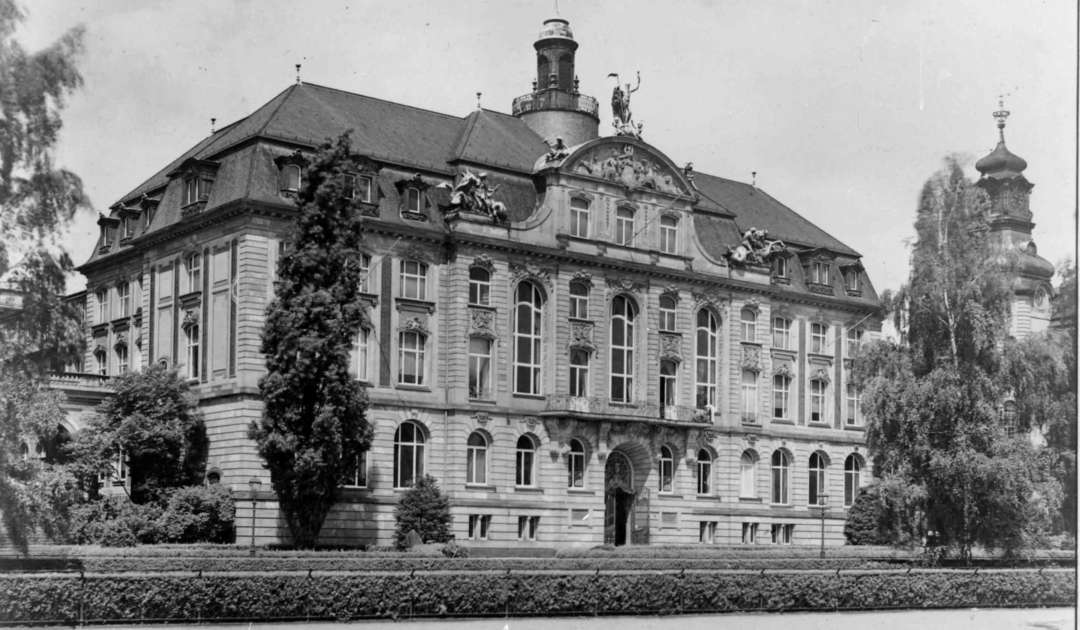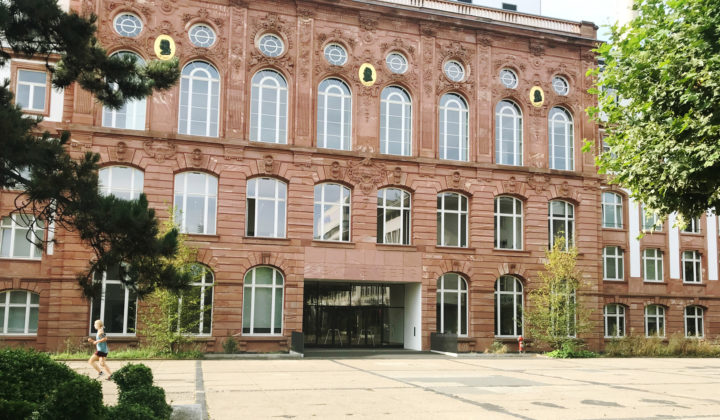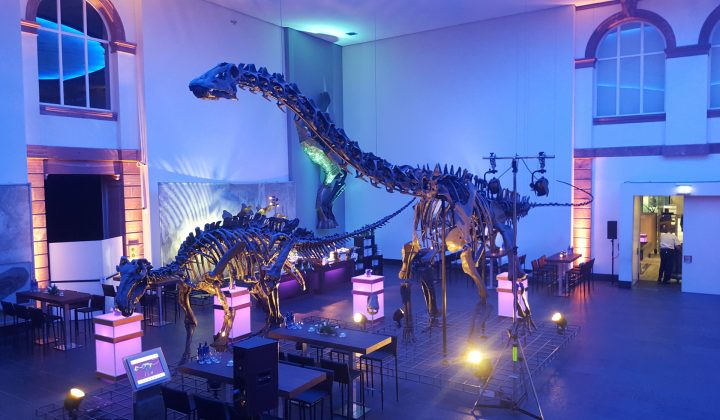Senckenberg – Leibniz Institution for Biodiversity and Earth System Research
Frankfurt/M.
The Senckenberg – Leibniz Institution for Biodiversity and Earth System Research (SGN) was founded in 1817 by local citizens in Frankfurt under the name Senckenbergische Naturforschende Gesellschaft, which translates as Senckenberg Society of Nature Research. Today, it is one of the most important research institutions in the field of biodiversity and, with the Frankfurt House, one of the largest natural history museums in Europe. The SGN is the supporting body for seven research institutes and three natural history museums. The museums are located in Frankfurt, Görlitz and Dresden.
According to its tradition, the main purpose of the Society is to conduct biological and natural research, and to make it accessible to everyone through publications, education and its museums. Today, its purpose is more important than ever, as interest and curiosity are growing worldwide and many biological questions remain to be answered, such as those relating to climate change and the protection of our planet.


